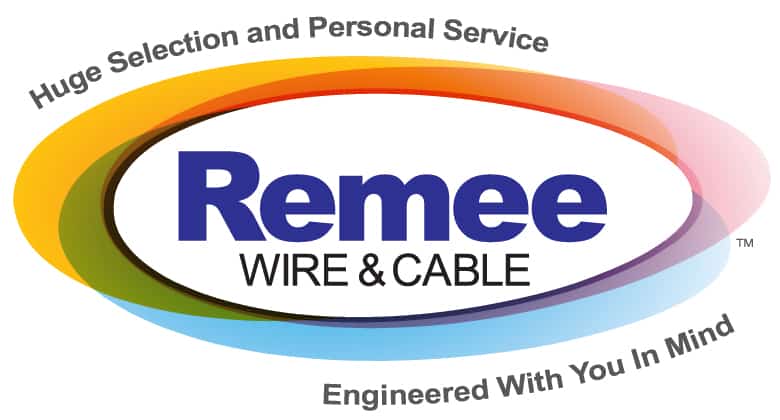City Transit Cables- Rail Cables- Transit System Cable- Transit System Cable Supplier – Transit Specialty Cables – Transit Wires
American Tech Supply now supplies the USA with USA made Transit Cables, Transit Specialty Cables and Transit Wire

What are transit cables and transit wire?
These amazing cables were first discovered by Richard Skipper in 1979 and patented by Raychem Corporation. This new type of innovation aimed to help create an inorganic filler that would significantly reduce the amount of poison gas released when burning specific materials. This development was in response to a large number of cancer cases that popped up from multiple individuals who were in close proximity to specific fires.
Cable Transits prevents the spread of fire and smoke from one compartment to another where electrical, data and comms cables penetrate through separating walls and floors. Cable Transits consists of a square or round steel sleeve containing heat reactive intumescent polymer.
Rapid transit cables are extremely tough and robust cables able to withstand long-term, arduous use in fixed and mobile transit applications. They use various types of insulation materials that are abrasion-resistant and unaffected by chemicals, solvents, acids, and hydrocarbon fuels. These include tetrafluoroethylene (TFE), cross-linked polyolefin (XLPO), cross-linked polyvinylidene fluoride (PVDF), and Low Smoke Zero Halogen (LSZH) Polyolefin (PO). Transit cables need to comply with numerous requirements including the Association of American Railroads AAR RP-585 cable standards and the Transit Authority’s specification AAR-S-501.
Transit cable applications cover everything in the public sector:
|
There are quite a few different types of cables in the transportation industry, and not all of them are designated for public spaces. Most of these products are used in standard automobiles. In North America, many industry approvals and specifications must be met to be legally certified for specific applications. As seen in the timeline above, the LSZH cables were designed in the 1980s to combat the poisonous and noxious gases released from specific materials. Since its creation, multiple movements worldwide have shifted to make transit applications safer and more environmentally friendly. Some of these more commonly known government regulations are the RoHS (Restriction of Hazardous Substances), WEEE (Waste Electrical and Electronic Equipment), and the GPSSI (Japan Green Procurement Survey Standardization Initiative).

Rapid Transit Cable Applications
Typical applications include diesel locomotive wiring that’s subject to heat and vibration and the wiring of light rail, passenger, and freight cars. The transit industry uses LSZH multicore telecommunications transmission cables for wayside signaling and communication purposes.
To accommodate specific wiring needs, you can order rail transit wire with different insulation thicknesses including reduced diameter, thin wall, medium wall, and heavy wall cables. Thanks to these specific qualities, automotive, off-road, and hybrid vehicle manufacturers also use these cables for low voltage applications.
Types of Rapid Transit Cable
Types of transit cables include abrasion-resistant tetrafluoroethylene, Exane® cross-linked polyolefin, cross-linked polyvinylidene fluoride, and Hub-Link® communication cables.
Abrasion-resistant Cables
Allied Wire and Cable’s abrasion-resistant cables have an extruded TFE insulation, also known by its brand name Teflon®. TFE is tough, durable, and able to withstand high temperatures between 200°C and 260°C depending on the type of conductor used. You can use these cables at temperatures down to minus 65°C. It has good electrical properties. To accommodate high locomotive temperatures, abrasion-resistant cables use silver- and nickel-coated wires. Available sizes are from 28 American wire Gauge to 8 AWG.
Exane Transit Cables
Exane transit cables use cross-linked polyolefin insulation. This thermoset material has excellent fire and flame resistance, moderate high-temperature resistance of 125°C, and a minimum temperature rating of minus 55°C. Exane insulation is halogen-free and has good abrasion resistance. Exane transit cables include Diesel Locomotive Wire (DLO), and single and multiconductor cables. Wire diameters go from 22 AWG up to 10 AWG for standard cables and up to 1111 MCM for locomotive wire.
Cross-linked PVDF Wires
Polyvinylidene fluoride is a low-density non-reactive insulation material that’s resistant to fuels, solvents, and acids. It’s got good weather and abrasion resistance and can withstand temperatures between 150°C and -65°C. Its mechanical strength and high dielectric strength allow its use in thin-walled insulated wires. Included in this section are cross-linked ethylene tetrafluoroethylene (XL-ETFE) insulated wires. This material has similar physical properties to PVDF.
Hub-Link Communication Cables
Hub-Link communication cables from General Cable® provide secure data and voice communication capabilities on transit lines, underground railways, mass transport facilities, and transportation systems. The cables use polyolefin insulation, which meets transit authority requirements for low smoke and zero halogen emissions when exposed to fire. These multicore cables have up to 100 sets of polyolefin insulated, color-coded, twisted pairs covered by a polyolefin jacket.
Thermal Properties of Insulation Materials
- TFE: A tough tetrafluoroethylene insulation able to withstand temperatures between 260°C and -70°C.
- XL-ETFE: A strong thermoset cross-linked extruded ethylene tetrafluoroethylene insulation suitable for temperatures between 200°C and -65°C.
- XL-PVDF: Cross-linked polyvinylidene fluoride insulation material that’s resistant to most chemicals and fluids and suitable for use between 150°C and -65°C.
- Exane: A branded cross-linked polyolefin insulation with good flame-retardant properties for use at temperatures between 125°C and -55°C.
- LSZH PO: Zero-halogen polyolefin insulation with low smoke properties suitable for use between temperatures of 90°C and -40°C.
Conductor Types
Rapid transit wires use various conductor materials including pure copper, silver-plated copper, and nickel-plated copper.
Copper Conductors
Pure annealed copper conductors are flexible and easily joined, but are subject to oxidation and corrosion in harsh or damp environments, especially at temperatures above 100°C.
Silver-plated Copper Conductors
Silver-plated conductors have improved resistivity and good corrosion resistance. Silver-plated wire solders easily; however, the maximum recommended temperature for silver-plated conductors is 200°C.
Nickel-plated Copper
Nick-plating increases the temperature resistance of the wire up to 260°C, but the downside is you require a special flux to solder nickel-plated copper and it’s more difficult to crimp.










